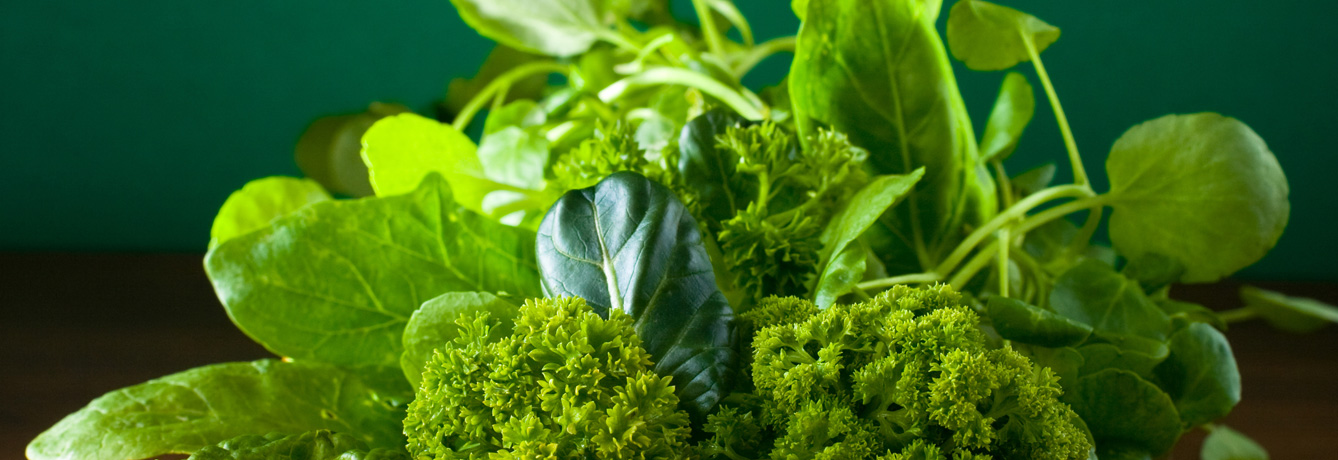Quick, name the “most” nutritious fruit and veggie you buy when you’re being especially health conscious. Maybe it’s kale, or blueberries, both of which have received plenty of press as top superfoods. But how do such foods fare when ranked by scientists with a consistent list of nutrient criteria? You may be surprised to learn that neither made the top ten!
In a study just published in the Centers for Disease Control journal Preventing Chronic Disease, researchers from William Paterson University in New Jersey zeroed in on seventeen critical nutrients–among them, fiber (cholesterol and weight control), potassium (blood pressure regulation), protein (building blocks of muscle), calcium (strong bones and teeth), folate (plays key role in preventing birth defects), vitamin B12 (brain health), vitamin A (vision, immune function), etc. The researchers, developing a categorization system using nutritional data from the U.S. Department of Agriculture, classified powerhouse fruits and vegetables that offered a minimum 10% of daily intake of these seventeen nutrients. They came up with a list of 41 nutritionally dense–or “powerhouse”–fruit and veggies. They then ranked this list in order. What made the top ten?
Watercress captured the number one spot, with a perfect 100% score. Runners up in the top five tier: Chinese cabbage (91.99), chard (89.27), beet greens (87.08), and spinach (86.43). Next comes chicory (73.36), green leaf lettuce (70.73), parsley (65.59), romaine (63.48) and collard greens (62.49). And kale? It’s there, and well positioned at #15 (with a 49.07 score), yet who would have thought it would trail chives, endive and mustard greens?
Well, this is all very interesting, particularly for nutrition buffs. But how accurate, relevant, and useful is it? On the positive side, if something inspires you to spend a little more time in the produce aisle, maybe try something you wouldn’t have otherwise–like the list-topping watercress– then that’s a good thing. After all, the oft-overlooked watercress certainly deserves its moment in the spotlight, not just for its nutrient density (which this study focused on) but for other potential benefits under study, including powerful protection against DNA damage.
The authors did not include phytochemicals in their criteria, citing the absence of proven data on benefits. Technically accurate–but we wonder whether the exclusion of antioxidants and phytochemicals may not be missing the nutrition forest for the trees, given the advancement of metabolomic research into the central role of such compounds.
All good food for thought and a reason to try some new recipes!
Published July 1, 2014



